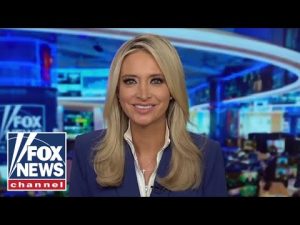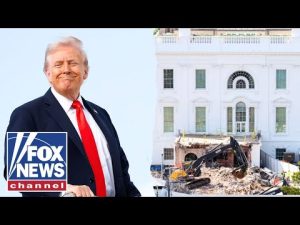In the whirlwind of international politics, the spotlight dazzlingly falls on President Donald Trump, often depicted as the “Dancing Don” for his rather eventful foreign diplomacy dance across Asia. With a swagger reminiscent of a blockbuster movie star, he is seen negotiating peace deals at an impressive clip—notching up eight resolutions in just as many months. His administration’s efforts have brought an end to multiple conflicts, leaving just one looming dance to complete, possibly between Pakistan and Afghanistan. Trump, who likens peace-making to a hobby he excels at and thoroughly enjoys, stands ready to tackle this sole remaining strife with a remarkable confidence and a touch of bravado.
On his recent tour, Trump visited Japan, where he bonded well with the country’s first female prime minister, a former heavy metal drummer. This new collaboration underscores a pivotal moment in Japanese politics, indicating a tilt towards conservative governance. It’s an intriguing pairing, as both leaders embrace conservatism and seem ready to rock the status quo in both politics and economics. Meanwhile, the President’s Asian escapade finds him contemplating a potential pit stop in North Korea to meet his erstwhile pen pal, Kim Jong Un—a relation that has intrigued and bemused spectators around the globe.
While many critics anticipated global discord from his presidency, Trump has flipped the script by showcasing an “America First” strategy on the world stage with substantial economic gains. His peace initiatives are doing more than calming troubled waters; they are feeding the booming American agriculture and energy sectors, with substantial deals involving billions in natural gas and agricultural products. Amidst China’s pushy global stance, Trump promotes American economic strength as an attractive alternative to Chinese influence in Asia, opening doors to partnerships that benefit regional economic growth and stability.
Even as Democrats squabble at home about government shutdowns, largely attributed to legislative stalemates, Trump’s overseas endeavors reflect a strategic diplomatic approach that sidesteps the murky waters of partisan politics. Despite the backdrop of shutdown squabbles back home, Trump’s strategic overtures in Asia, including potential trade deals with China, signal a strong stance against global trade bullies and a reimagined alliance that reinforces peace and prosperity.
Harold, in a somewhat astounding but perhaps wry admission, has recognized Trump’s accomplishments on the foreign policy front. With NATO allies now committing more to defense, the Middle East adopting American technology over Chinese alternatives, and increased foreign investments flowing into the U.S., it seems Trump’s global courtship is garnering results. This multifaceted approach knocks down trade barriers and provides strategic leverage over tariff negotiations, much to the angst of competitors like China. Trump also recognizes the importance of engaging with Latin American countries to create a peaceful, economically secure hemisphere, further affirming a broader, even hemispheric, vision for America’s role as a leader on the global stage. It’s enough to make one wonder if diplomacy is becoming the latest dance craze in Washington.







